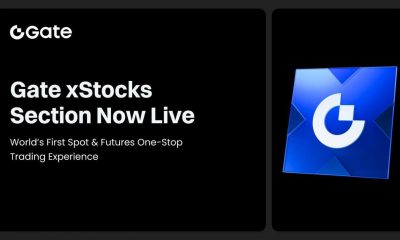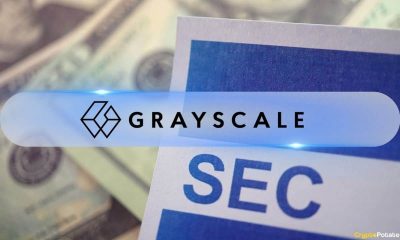
How to find the right financial adviser for you.
Getty Images/iStockphoto
Question: I’m about three years from FIRE (Financial Independence, Retire Early) status and have been looking at placing a portion of my investable assets with an advisor, which would still be seven figures. As I’ve been conducting interviews with many of them, they all have two areas of concern that I do not like and give me pause. One, they want to charge a fee even if they are not making my assets grow (they get paid no matter what the portfolio does), and two, they want me to place my assets all at one time, whereas I prefer a “leg in” strategy over time, much the way I handle any stocks I buy. Since I don’t know the advisor nor their firm, I’d like to move assets over in tranches, perhaps 25% each quarter for 4 quarters. (You can use this tool to get matched with a financial adviser who might meet your needs.)
Are these expectations of mine unrealistic, and am I going to have a very difficult time finding an advisor that fits my preferences with which I am comfortable? I’ve been in the markets for over 20 years and have been comfortable, up to this point, in managing my own investments. But I want to spend less time on that and allocate time to other pursuits during my second act, and I also want to be sure the investments are being managed for my wife in the event I predeceased her since she is not financially savvy.
Have a question about working with your financial adviser or looking to hire one? Email picks@marketwatch.com.
Answer: Let’s start with your first issue: why all the advisers wanted to charge you a fee no matter how the assets performed. That’s probably because one of the most standard fee structures among financial advisers is for them to charge a percentage of your assets under their management (roughly 1% is common). They do it because markets do go up and down, and advisers want to protect themselves. And adds Steve Stanganelli, certified financial planner at Clearview Wealth Advisors: “Many, not all, investment advisers will also be providing retirement projections, portfolio withdrawal scenarios, advice on Social Security, tax projections budgeting and cash flows or even real estate issues in addition to standard rebalancing and investment allocation.” No doubt, they want their time on those tasks paid for as well, so the assets under management system may work well for them.
That’s not to say that you can’t find someone who doesn’t work like this. Some advisers charge performance-based fees, though certified financial planner Mark Brinser of Stewardship Advisors says this may be difficult to find. “Performance based fees are when an adviser only collects a fee if they outperform a certain benchmark and the fee is forfeited if the adviser does not beat the benchmark,” says Brinser. This compensation method was actually banned for registered investment advisers for a time, and now, it’s only allowed for clients who meet certain criteria. (You can use this tool to get matched with a financial adviser who might meet your needs.)
And one thing to note: Even in a traditional assets under management model, should an account value drop and the dollar amount decrease, the adviser still has an incentive to make good investment decisions to help the account recover as quickly as possible, says Brinser. “In fact, I would argue that a good financial adviser demonstrates their value the most when markets are volatile. We can listen to clients’ concerns and help them develop a strategy to get through market turmoil,” says Brinser.
Avoiding the assets-under-management pay structure
One option you may want to consider is paying an adviser hourly or a one-time fee to set you up a plan. “You might be able to enlist an advice-only, fee-only, certified financial planner to help streamline your investments to a point where you can still enjoy your pursuits without handing it over to someone else,” says Jay Zigmont, certified financial planner and founder of Live, Learn, Plan. “The challenge is that you are going to have to find a sweet spot between do-it-yourself and delegating responsibility,” says Zigmont. For this reason, you should work with your adviser to create a comprehensive financial plan that takes into account both your preferences and consideration and the adviser’s approach and experience. (You can use this tool to get matched with a financial adviser who might meet your needs.)
Can you move your money over to an adviser slowly?
Zigmont says it’s not odd for people to move only part of their portfolio to an investment adviser — and plenty of advisers should be willing to work with you on this.
So why did the advisers not let you move money slowly over to them? One possible reason is this: The more assets they have under management, the more they take home from your accounts, so they want more, not less money. Some firms even have asset minimums. “Advisers can make such accommodations given a client’s particular circumstances, but each firm has an assets under management minimum for a reason,” says wealth adviser Bruce Tyson at Morton Wealth. The reason firms may have minimums is to keep their client roster within a certain range and to possibly dissuade short-term investors from taking up time that could be spent on longer-term clients. And moving over the funds in increments creates special challenges when planning a client’s asset allocation. “As with any business, there is much more under the hood than most clients may initially realize,” says Tyson.
You can use this tool to get matched with a financial adviser who might meet your needs.
What can you do about concerns about your spouse?
If you’re concerned about your less money-savvy spouse, Stanganelli says you should consider adding life insurance to the mix. “This will provide replacement income and even liquidity for any state-level taxes that your wife’s estate may ever end up having to pay,” says Stanganelli.
Have a question about working with your financial adviser or looking to hire one? Email picks@marketwatch.com.

































